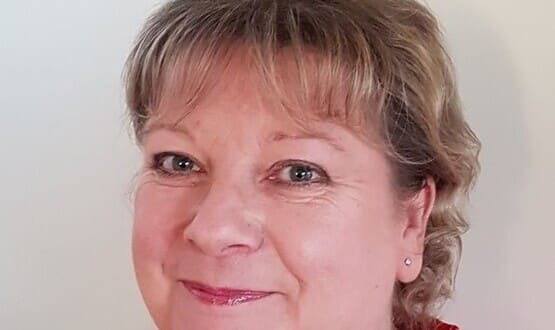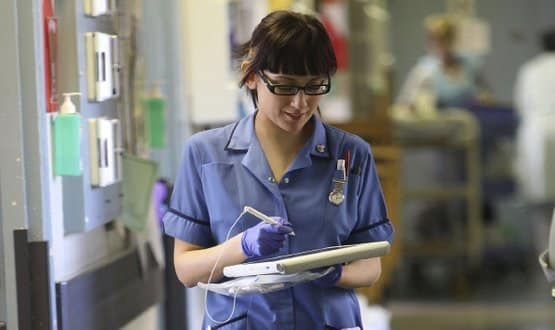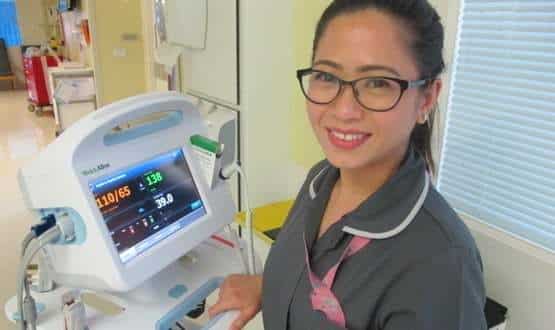Digital Health interview: Roger Killen
- 4 August 2015

Roger Killen studied electrical engineering at university and spent the first part of his career at ICI. It was clearly a formative experience.
Killen refers often to the way that engineers think, particularly about safety, and to how this influenced the development of The Learning Clinic and its best known product, VitalPAC.
At the same time, he exudes a certain restlessness. He cheerfully acknowledges that he got involved in collecting and using healthcare information because he was bored; and because he had known Tim Kelsey, now NHS England’s director of patients and information, since childhood.
In at the start of Dr Foster
“I have had a 15 year history with the health service, but I had several careers before that as well,” Killen says in the slightly unlikely surroundings of the members’ lounge at the Royal College of Physicians.
“I ran Runcorn [the ICI plant in Cheshire that used to manufacture chlorine and caustic soda], which was a huge operation – something like 1% of the entire output of the national grid went through it.
“Then I went to business school in the US – Stanford – and worked with my father for a bit. But I was soon bored and looking for something to do. Tim Kelsey was an old school friend of mine – I have known him since he was ten years old – and at the time – this was 1999 or 2000 – he was news editor of the Sunday Times.
“I went to him and said: ‘Do you have any ideas for new projects?’ and he came back and said he wanted to set up a hospital guide. Well, I knew how to measure things – even though I didn’t know anything about hospitals at the time – so I thought we should give it a go.”
The outcome was the company that became Dr Foster. It published the first Hospital Guide in the Sunday Times in 2001, including the Hospital Standardised Mortality Ratio that had been developed by Brian Jarman, director of the Dr Foster Unit at Imperial College London.
“What Dr Foster showed, through comparative information, was the variation in the quality of care across the NHS,” Killen says now. “For me, that was quite shocking – that there should be all this variation, when all hospitals have the NHS logo on them.
“That got me thinking about why there was all this variation. The doctors and nurses in the NHS are there for the right reasons. They want to do the right thing. So why doesn’t that happen everywhere, like it does in engineering?
“So, I left Dr Foster because I wanted to go beyond collecting information [and to] use it to systematically manage the process of care. VitalPAC (personal assistant for clinicians) was introduced to enable people to see and act on what [data] was telling them at the bedside.”
Here is the NEWS
A lot of the early work behind VitalPAC was done by the University of Portsmouth and its Centre for Healthcare Modelling and Informatics. It developed the early warning score that is used by VitalPAC to warn users that a patient is at risk of deterioration and in need of more regular monitoring or immediate medical attention.
Portsmouth University Hospitals NHS Trust was the first to try out the system, with trials starting in March 2005, supported by Microsoft.
At the time, Killen told eHealth Insider, Digital Health’s predecessor, that: “VitalPAC changes the way the workforce works. It’s much quicker than chasing charts and records. Staff can see charts and information from anywhere and take action instantly.”
He says much the same today, with VitalPAC deployed at around 50 trusts. “If you are an engineer, then you want to know what happens during operations, so you can manage them,” he says. “In hospitals, operations are carried out by nurses.
“They are the people who deal with the patient, who feed them, who get them to the loo, and so on. VitalPAC schedules that work for each patient.”
It also cuts the time taken to make observations, removes the need for nurses to “do the maths” required to generate the early warning scores, and eliminates some of the “human factors” that might make busy, distracted people decide not to act immediately.
It also gives staff hard data on which to respond. Killen has a wealth of anecdotes about standing on wards and watching nurses march up to doctors, holding out a VitalPAC screen, and securing their immediate attention in a way that they might have struggled to do otherwise.
More formal, academic studies have also found that VitalPAC reduces crude mortality rates. Against this background, the Royal College of Physicians published a report in 2012 recommending that the health service should adopt a new National Early Warning Score for monitoring patients in hospital.
NEWS is based, with only small changes, on the work done by the University of Portsmouth and the VitalPAC ViEWS scoring system. But Killen is “very frustrated” that the college launched this as a paper, rather than an electronic, product.
That, he argues, is “bound to replicate the human factors associated with the use of paper” when “we knew it was when you added the electronic element that you really got change.”
Funding ideas and buying products
This is not the only frustration experienced by The Learning Clinic which, like many other small firms, has found that it has taken time to get its product adopted by the NHS. Killen says some of this is down to the way that trusts rationalise the decision to buy a system like VitalPAC.
“The NHS is a safety organisation, so if it admitted it had a problem with safety, then it would have to do something about it. So it is easier for it to talk about efficiency,” he says. But talking about efficiency makes it easy for boards to focus on the financial cost of the product.
In this respect, the two technology funds linked to health secretary Jeremy Hunt’s ambition for a ‘paperless’ NHS, and the two rounds of nursing tech funding backed by prime minister David Cameron have helped; although Killen is irritated that the later rounds of tech funding appeared to favour new entrants.
“A lot of money went to solutions that are untested,” he claims. “It was disappointing that money went to ‘nursing observations’ rather than to a specific system that has been shown to make a difference.”
In a similar vein, he thinks trusts could take another leaf out of his engineer’s notebook and work more closely with suppliers. “As an engineer, I spent a lot of time talking to suppliers,” he says. “They had great people who really understood what they were talking about.
“In the NHS, it doesn’t seem to work like that. NHS organisations seem to want to re-invent the wheel. They set their own requirements, and then try and mark suppliers against them.
“They ask people to presentation days, at which each supplier gets 20 minutes. In 20 minutes, every presentation is going to look pretty much the same.” Far more detailed interrogation of how products work, and how they should be used to make them safe and effective, would yield dividends, he argues.
The next big thing?
The Learning Clinic has expanded its product range beyond what it now calls VitalPAC Nurse. It has a VitalPAC Doctor that supports continuity of care, referrals and handovers, a VitalPAC IPC that delivers an ‘early warning system’ for infection outbreaks, and a VitalFLO product that focuses on bed usage.
“The most important thing for us now is operational control and resource allocation,” Killen says. “There is a big debate about nursing staffing at the moment, and whether trusts are under-staffed. Our argument is that they really need to understand what is happening shift by shift and area by area.
“We did a ward business project to look at variables such as how many patients there are, how sick they are, how much medical intervention they have, what social issues they have, and how many admissions and discharges are planned.
“[From that] we have developed a signal that says ‘this ward is getting in trouble and starting to struggle.’ That gives those staff a chance to say: ‘this ward may be going red, but that one over there is holding green’ and start to move resources between them.”
However, Killen himself is planning to “draw breath” and “reintroduce himself” to his family and “the world outside work” – before turning to the next project.
“I think the next focus will be the citizen, and how they can make the system accountable,” he muses; already considering how patients might be told practical things such as when their catheter was due to be changed, or how to spot signs of infection.
“I say this kind of thing to my clients and they worry about it,” he admits. “But most care is good, so transparency should not be a problem. If there is a problem, then everybody should want to address it.”




